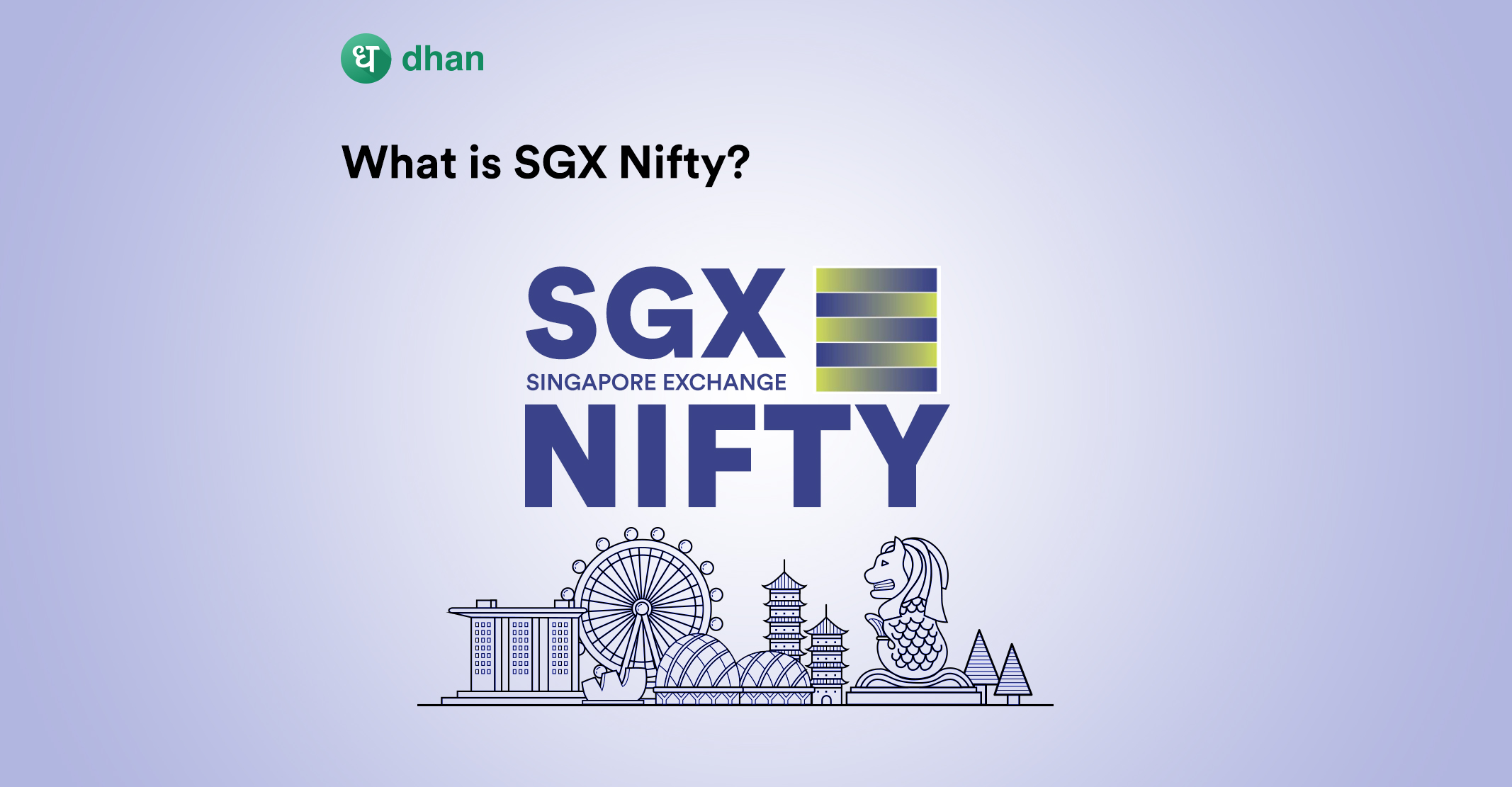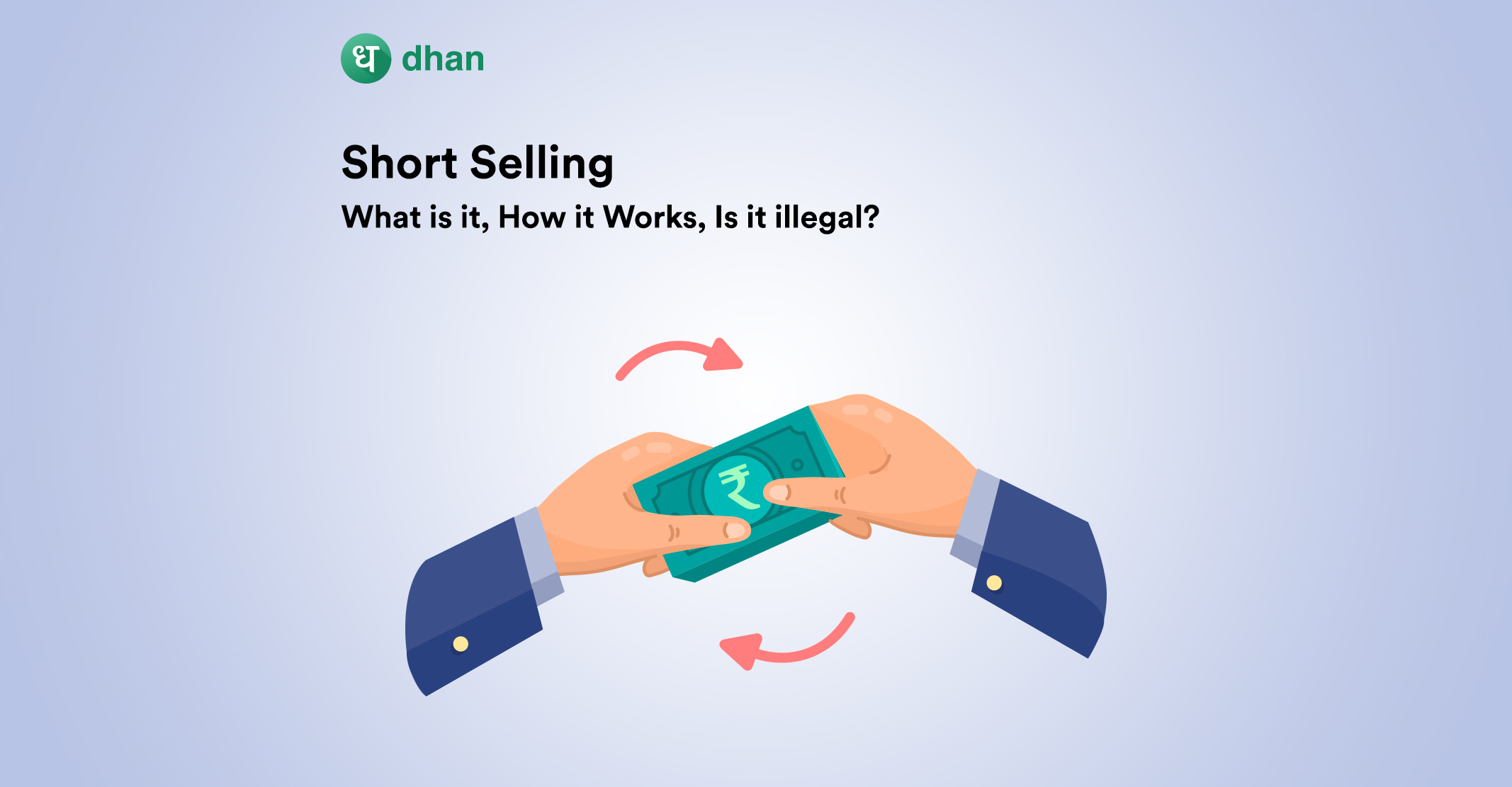Indian traders often begin their day by analyzing SGX Nifty as it provides insights into how the Indian market may perform. But why?
Because SGX Nifty is a futures contract traded on the Singapore Stock Exchange based on India’s Nifty 50 index.
What is SGX Nifty?
SGX Nifty is a futures contract based on Nifty 50, the benchmark index of NSE, and traded on the Singapore Exchange (SGX). Hence the name “SGX Nifty”.
While NSE Nifty futures can be traded from 09:15 AM to 03:30 PM (6 hours 15 minutes), Gift Nifty can be traded for 16 hours.
This allows for greater flexibility, fewer gaps, and many more benefits.
Great – GIFT Nifty is a derivative of Nifty 50 and operates for longer, which means you as an Indian trader should trade it, right? Wrong.
Indian traders can not buy or sell Gift Nifty futures but Non-Resident Indians (NRIs) and companies that have investments in India can.
That’s because Indians are prohibited from trading international derivatives by law.
NRIs and other international entities can speculate on the direction of the index via the futures contract to earn a profit. Or, they can hedge using futures.
By the way, Gift Nifty’s operations were recently moved from Singapore to GIFT City in Gujarat, India. Read about it here.
SGX Nifty Open & Close Time
The open and close time for SGX Nifty is aligned with the trading hours on NSE.
Presently, NSE opens at 9.15 AM (IST) and closes at 3.30 PM (IST).
On the other hand, SGX Nifty opens at 6.30 AM (IST) and closes at 11.30 PM (IST).
- Gift Nifty Open Time: 06:30 AM (IST)
- Gift Nifty Close Time: 11:30 PM (IST)
Hence, the total trading window for SGX Nifty is 16 hours compared to 6 hours and 15 minutes for the Indian stock market.
The extended trading hours of SGX Nifty allow investors from various time zones in Asia, Europe, and others to speculate indirectly on the Indian market.
Features and Benefits of SGX Nifty
Before you start online trading in SGX Nifty, you must know about its following features and benefits:
1. Global Market Access
Global investors and traders can gain access to the Indian stock market through SGX Nifty. They also have an extended trading window to participate in F&O trading.
2. Forecasting and Hedging
SGX Nifty helps investors/traders understand the future direction of the Nifty 50 index. This information assists investors to hedge their positions in the Indian market.
3. Enhanced Liquidity
SGX Nifty encourages participation from international investors. It, therefore, helps ensure tighter spreads and a smoother trading experience.
4. Diversified Portfolio
By including Gift Nifty in your portfolio, investors/traders can diversify the risk exposure. They can also enjoy a transparent price execution ensuring a fair-trading experience.
Factors Influencing SGX Nifty
Listed here are the major factors influencing SGX Nifty:
1. Indian Markets
SGX Nifty is directly affected by the performance of the NSE and Nifty 50 index along with the positive or negative market trends.
2. Global Markets
Investor sentiment in the global financial markets also influences the SGX Nifty. The direction of SGX Nifty is also impacted by economic indicators, geopolitical events, and investor sentiment.
3. Regulatory Changes
Changes in tax laws, market regulations, and regulatory policies across India or Singapore may influence SGX Nifty.
4. Commodity Prices
The Nifty 50 index features sectors like metals, energy, and mining. Any changes in prices of commodities like gold, crude, or other metals can impact SGX Nifty.
Differences Between SGX Nifty Vs. Nifty 50
So far, we’ve discussed the broad pointers of SGX Nifty vs Nifty 50. The following section contains a comparative analysis for your perusal:
1. Trading Location
SGX Nifty operates on the Singapore Exchange, while Nifty 50 is traded on the National Stock Exchange (NSE) in India.
2. Trading Hours
SGX Nifty’s extended hours are from 06:30 AM to 11:30 PM, contrasting with Nifty 50’s regular trading hours of 09:15 AM to 03:30 PM.
3. Lot Size
SGX Nifty doesn’t have a fixed lot size, unlike Nifty 50, which has a standard lot size of 50.
4. Denomination
SGX Nifty is denominated in USD, while Nifty 50 is denominated in INR (Indian Rupee).
5. Access
SGX Nifty caters to international investors and Non-Resident Indians (NRIs), whereas Nifty 50 primarily serves domestic investors.
6. Price Discovery
SGX Nifty acts as an indicator for Nifty 50’s price movements, while Nifty 50 represents the stock prices of India’s top 50 companies.
These differences highlight the unique characteristics of SGX Nifty and Nifty 50, making them distinct choices for investors seeking exposure to Indian market movements.
| Metric | SGX Nifty | Nifty 50 |
| Trading Location | Singapore Exchange | NSE |
| Trading Hours | 06:30 AM to 11:30 PM | 09:15 AM to 03:30 PM |
| Lot Size | – | 50 |
| Denomination | USD | INR |
| Access | International investors & NRIs | Domestic investors |
| Price Discovery | Serves as an indicator for Nifty 50 price movement | Represents the top 50 Indian companies’ stock prices |
How to Trade SGX Nifty?
Indian residents cannot trade in SGX Nifty as Indian nationals are not allowed to trade in derivatives outside India.
If you are a non-resident Indian or an international investor, you can follow the following steps to trade in SGX Nifty:
- Open a trading account to gain access to SGX Nifty.
- After your trading account is activated, place buy or sell orders for SGX Nifty contracts after conducting thorough research.
- You should leverage risk management strategies like setting stop-loss orders or using cover orders while intraday trading.
- You must comply with the rules set by your stock broker and the Singapore Exchange at all times.
Why Does SGX Nifty Affect the Indian Market?
SGX Nifty starts trading before the Indian market opens and continues to trade well after its counterpart closes.
As a result, it is often used as a leading indicator of the market sentiment and potential direction of Nifty 50.
Traders, in fact, use the SGX Nifty to determine the starting level of Nifty 50. Then there is the matter of SGX Nifty’s trading hours.
Because SGX Nifty trades for 16 hours, it coincides with global market activity and changes in these global markets. You could say its levels reflect international movements as they happen.
India’s Nifty 50 may open at a gap up or gap down due to the same international events. Either way, the levels would be similar or nearly similar considering the intertwined nature of the two indices.
FIIs who participate in both markets may use one to hedge in the other and as a result, may impact prices if and when they invest or withdraw money en masse.
All this means that the movement of SGX Nifty can influence investor sentiment in India.
Positive or negative movements in SGX Nifty may lead to similar trends in the Indian market.
Not to forget, GIFT Nifty is often discussed in financial news and media can create a psychological link between it and the Indian market.
Conclusion
The SGX Nifty contract allows international investors to invest in the Indian market without having to trade directly on the NSE.
GIFT Nifty serves as a significant platform for F&O trading and facilitates efficient risk-hedging strategies for market participants.
Its time difference advantage and correlation with Nifty 50 make it a valuable tool for NRI and FII investors and traders seeking exposure to the Indian equity market.
FAQs
Q. At what time does SGX Nifty open?
SGX Nifty, now Gift Nifty, opens at 6.30 AM (IST) and closes at 11.30 PM (IST).
Q. SGX Nifty is which country’s index?
It is a derivative of Nifty 50 and officially trades on Singapore Stock Exchange, i.e., SGX.
Q. Is SGX Nifty and GIFT Nifty the same?
Yes, SGX Nifty was recently renamed to GIFT Nifty and has moved its operations to GIFT City, India.



